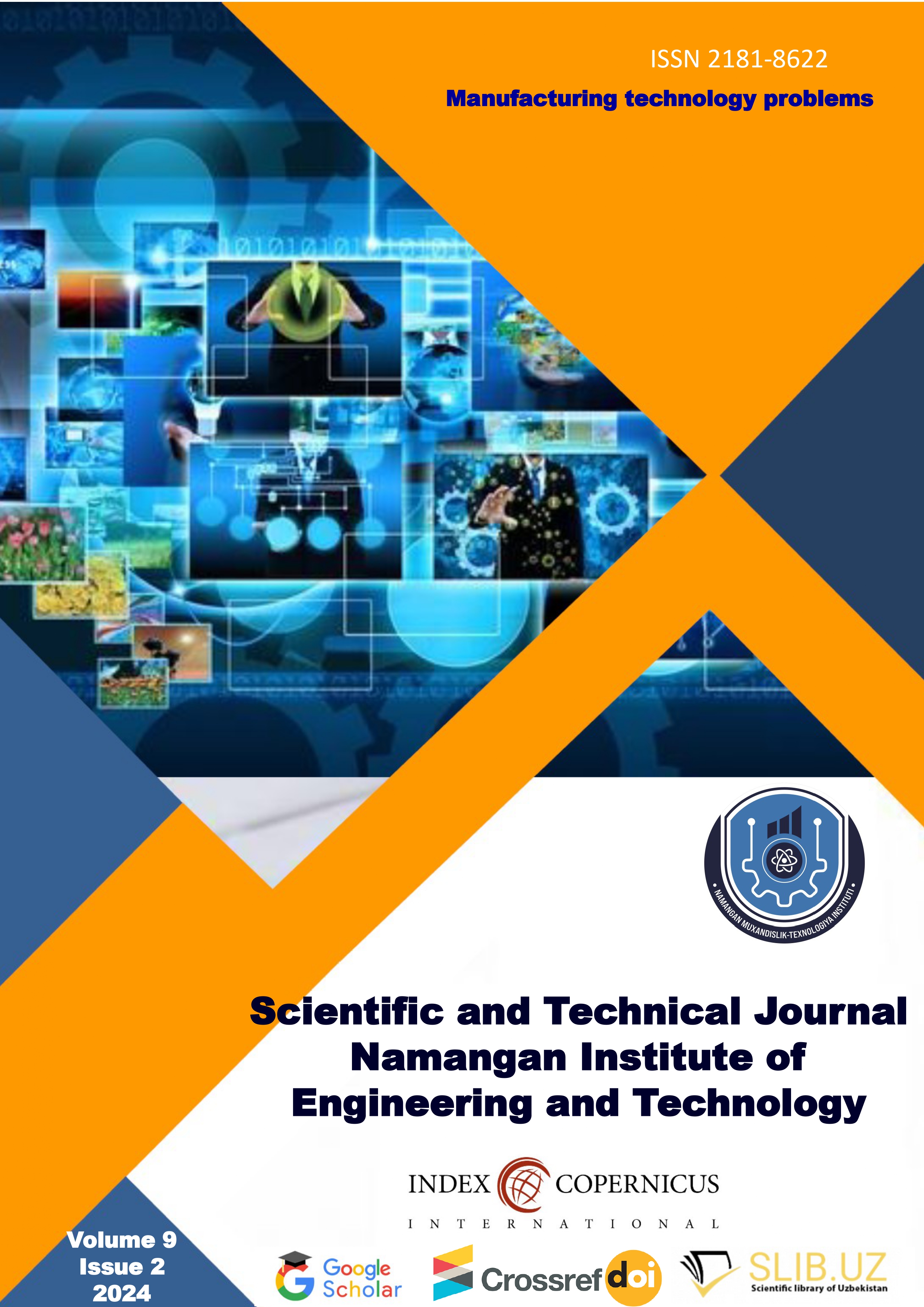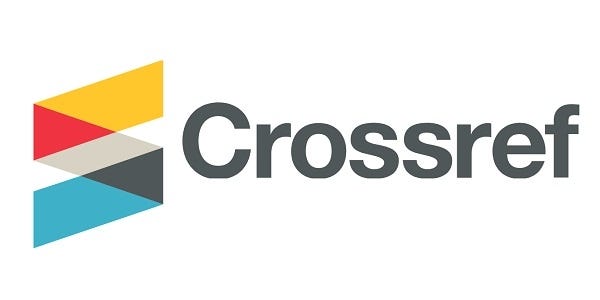Research on the process of building dress shapes in 3d space
DOI:
https://doi.org/10.61151/stjniet.v9i2.468Keywords:
women's dresses, basic shape, silhouette, artistic and constructive signs, typical figure, CLO3DAbstract
The article explores the potential for designing virtual clothing models based on material characteristics and evaluating the quality of fit using the automated CLO3D program. To inform the selection and prediction of viable solutions for the development of the company's industrial collection, the study presents findings from a periodic analysis of parameters such as shape, fragmentation, and fabric texture of women's dresses from the "Carolina Herrera" brand over the period from 2000 to 2024. Based on the research findings, a collection of hourglass-shaped women's dresses was designed, considering the characteristics of typical figures with varying fullness and height. To determine suitable clothing forms for different body types, a comparative analysis was conducted between real samples of basic size shirts and virtual shirt forms developed using the CLO3D program. The study revealed that the shape of the virtual clothing created in the CLO3D program is influenced by the development of the virtual mannequin, which is based on the projection parameters of the real mannequin, and by the completeness of information regarding the physical and mechanical properties of the materials.




